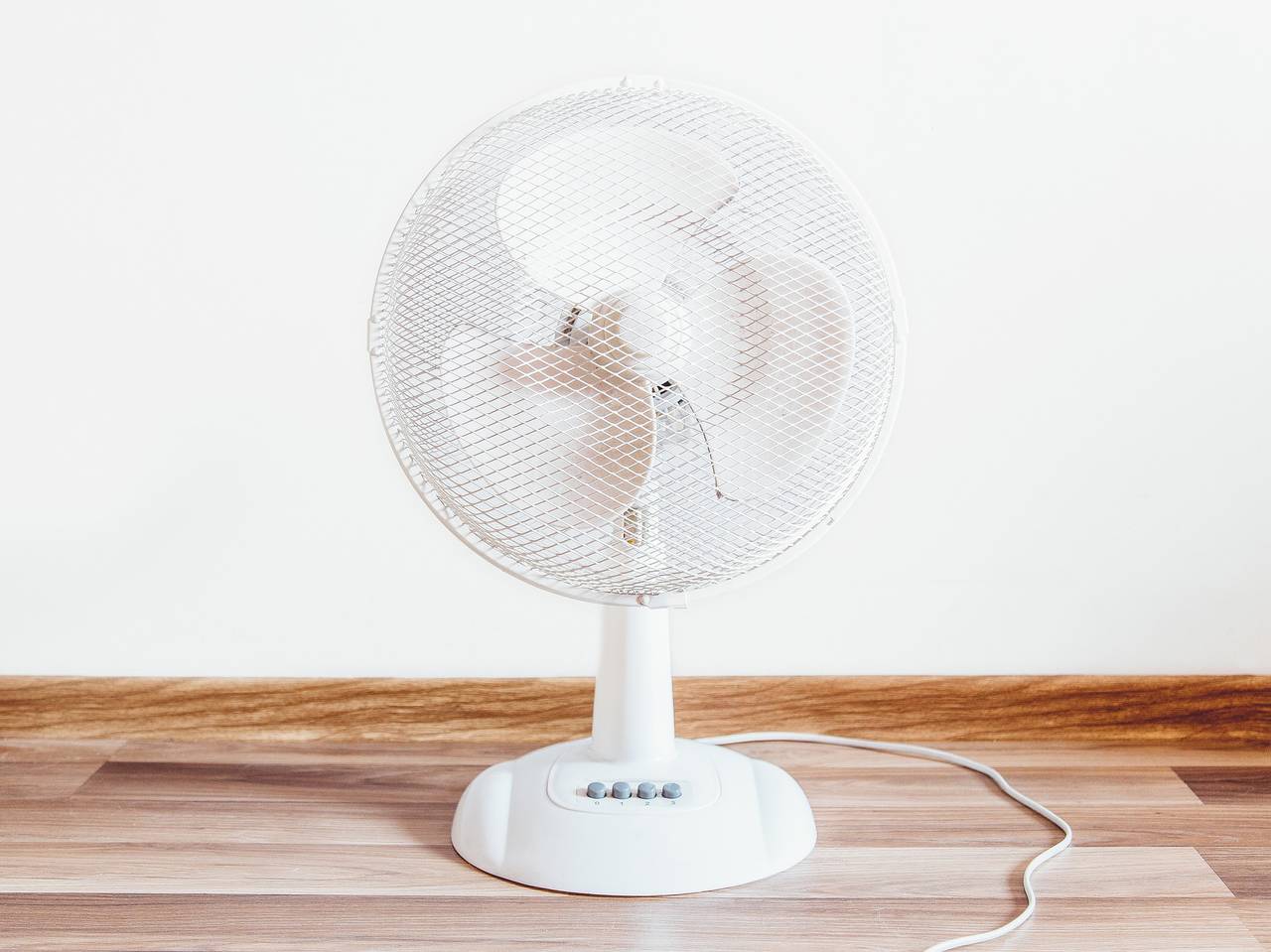YOUR BROWSER IS OUT-OF-DATE.
We have detected that you are using an outdated browser. Our service may not work properly for you. We recommend upgrading or switching to another browser.
Date: 10.04.2017 Category: international cooperation, science/research/innovation
Magdalena Baborska-Narożny PhD of the Faculty of Architecture of WUST spent two years and a half conducting research in the UK. She analysed issues including the ways flat tenants apply to cope with the problem of their dwellings’ overheating. One can familiarise themselves with conclusions from the studies free of charge by reading the magazine "Building Research and Information"
 Meteorologists predict that heat waves in Europe will be more frequent and longer, thus making the overheating of flats an increasingly serious problem. High temperatures in interiors lead to increased demand for electricity as tenants usually apply the simplest solutions, i.e. fans or air conditioning, during heat waves.
Meteorologists predict that heat waves in Europe will be more frequent and longer, thus making the overheating of flats an increasingly serious problem. High temperatures in interiors lead to increased demand for electricity as tenants usually apply the simplest solutions, i.e. fans or air conditioning, during heat waves.
During her stay in the UK, Magdalena Baborska-Narożny PhD Arch., Eng., whose research activity was undertaken there under the EU programme Marie Curie Intra-European Fellowship, studied the overheating of flats. Working together with Professor Fionn Stevenson of the University of Sheffield, she carried out a project named BuPESA (which stands for Building Performance Evaluation for Sustainable Architecture).
The architect did her research work in two Leeds based locations - a newly developed co-housing residential estate with houses built from straw, one meeting high energy performance standards, and a thoroughly altered block of flats, originally built in the sixties.
At the latter location, Baborska-Narożny PhD conducted multi-stage research in 18 flats with the tenants' active involvement. She also carried out a survey covering all 210 dwellings with respect to issues such as the frequency of opening windows, heating and ventilation, as well as the conditions at the tenants' previous place of residence.
For a year (from July 24 2013 to July 24 2014), wireless sensors installed at the flats monitored the temperature and humidity in their living rooms and bedrooms in thirty minute intervals. The data obtained in this way showed that the residents of the block of flats under research coped with the problem of overheating. In the period July 24 - August 31 2013 alone, the average temperature in the flats exceeded the temperature outside (16.7 degrees C on average) by almost 8 degrees C, meaning that the temperature in the tenants' bedrooms amounted to an average 24.4 degrees C, while the temperature recorded in the living rooms was 24.6 degrees C.
The research conducted by the WUST scientist proved that the situation could have been avoided. It turned out that a mere 6 per cent of the tenants used the ventilation system in a way it was intended. The development company had fitted all bedrooms with interior blinds, but in the case of the living room windows, where blinds had not been installed by default, only half the flat owners decided to apply such a solution. On the other hand, a large number of the tenants who had a shading solution either covered their windows during the "wrong" times or only halfway. The overheating also resulted from the tenants opening windows only after they came back to their flats (about 36 per cent of the tenants surveyed).
The coolest of the dwelling researched was not the one which was best predisposed due to its location and other conditions but the one where the tenants applied various methods of dealing with heat. - Which makes you realise the importance of relevant education of tenants of such dwellings - explains Magdalena Baborska-Narożny PhD. - Many people have just never familiarised themselves with the good practice of decreasing the temperature in interiors. They either haven't taken the initiative to look for solutions or haven't been consistent in their actions.
Those interested in more information on the research can find it in the magazine "Building research and Information" (free of charge until the end of April). According to the authors of the publication, it is vital to find ways to make tenants aware that their actions may result in limiting or increasing their flats' overheating, and that air conditioning is not the only method to deal with heat. It is also important to ensure opportunities for neighbours' collective education.
These are only a few of the conclusions included in the article published by "Building Research and Information".
You are welcome to familiarise yourself with the full article here.
Our site uses cookies. By continuing to browse the site you agree to our use of cookies in accordance with current browser settings. You can change at any time.